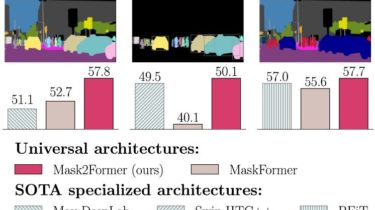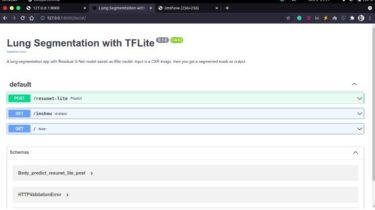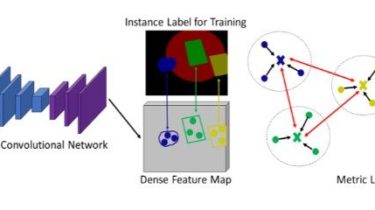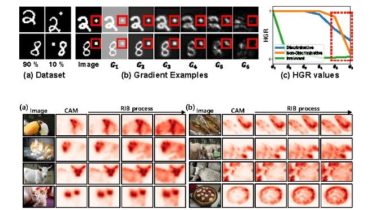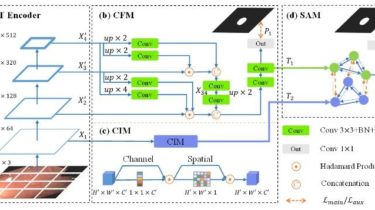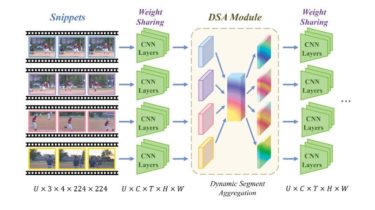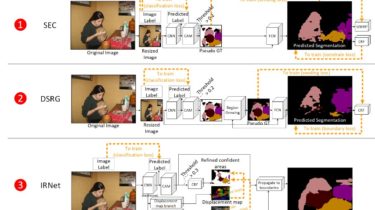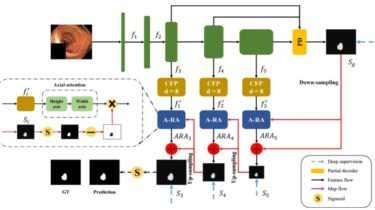Masked-attention Mask Transformer for Universal Image Segmentation
Bowen Cheng, Ishan Misra, Alexander G. Schwing, Alexander Kirillov, Rohit Girdhar [arXiv] [Project] [BibTeX] Features A single architecture for panoptic, instance and semantic segmentation. Support major segmentation datasets: ADE20K, Cityscapes, COCO, Mapillary Vistas. Installation See installation instructions. Getting Started See Preparing Datasets for Mask2Former. See Getting Started with Mask2Former. Advanced usage See Advanced Usage of Mask2Former. Model Zoo and Baselines We provide a large set of baseline results and
Read more